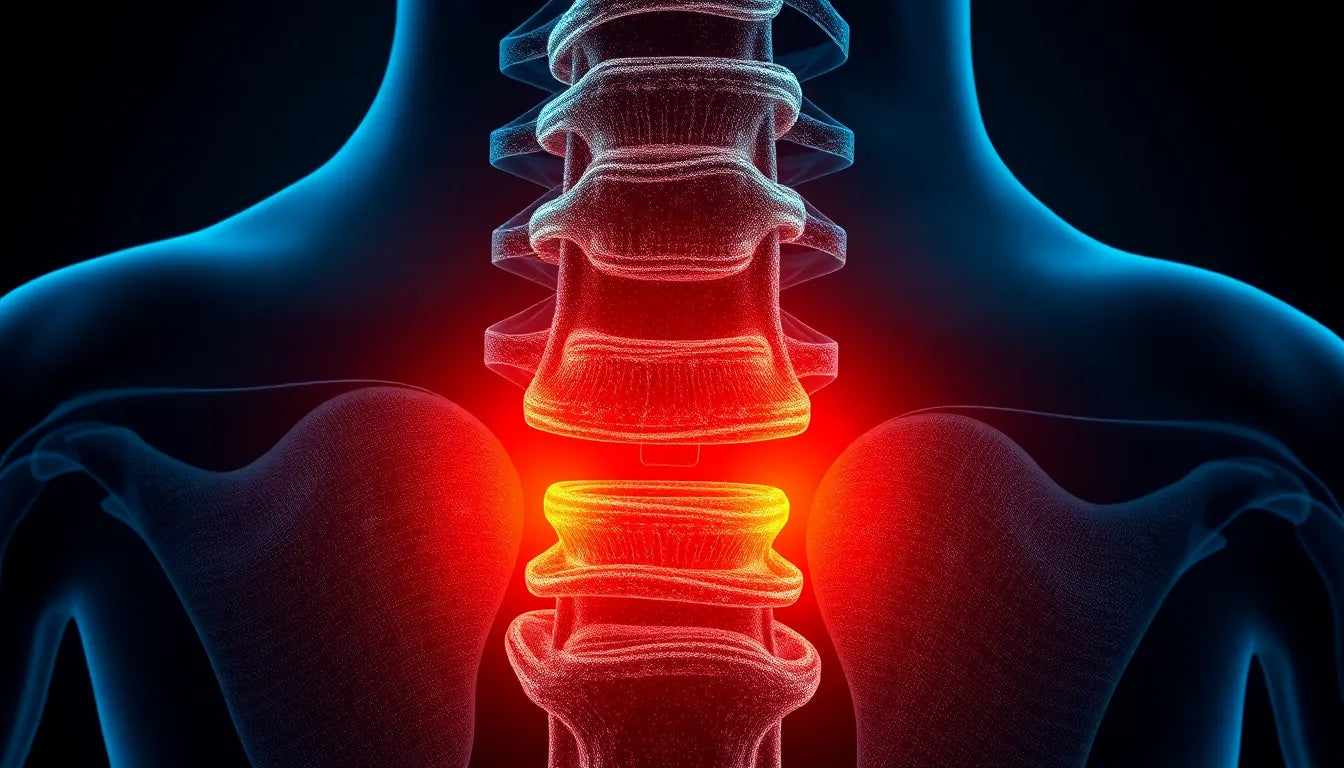Have you ever wondered why some workplaces feel more comfortable and efficient than others? The answer often lies in the concept of ergonomics, a term that has become increasingly prevalent in discussions about workplace design and productivity. But what does ergonomics mean, and why is it so crucial in our daily lives?
In essence, ergonomics is the science of designing environments, processes, and products to fit human needs. It aims to enhance efficiency and reduce discomfort by aligning the design of tools, workspaces, and systems with the capabilities and limitations of the human body. This multidisciplinary field draws from psychology, physiology, and engineering to optimize human interaction with various environments, ensuring that tasks are performed safely and comfortably.
the growing importance of ergonomics
The importance of ergonomics has grown significantly in modern workplaces and homes. As businesses strive to improve productivity and employee well-being, ergonomic principles have become a key focus. Proper ergonomic design can prevent repetitive strain injuries, reduce fatigue, and enhance overall job satisfaction. By creating work environments that support natural human movement and posture, organizations can boost their efficiency and reduce the costs associated with workplace injuries.
Beyond the workplace, ergonomics plays a vital role in everyday life. From the chairs we sit in to the tools we use, ergonomic considerations are essential for maintaining health and comfort. As remote work becomes more common, the need for ergonomic home office setups has also increased, highlighting the relevance of ergonomics in residential settings.
purpose of this article
This article aims to delve deeper into the meaning, scope, and applications of ergonomics, providing insights into its significance across various domains. We will explore the different fields of specialization within ergonomics, such as physical, cognitive, and organizational ergonomics, and examine how these areas contribute to creating safer and more efficient environments. By understanding the true meaning of ergonomics, readers can appreciate its impact on enhancing quality of life and productivity.
definition and scope of ergonomics
Ergonomics is a multidisciplinary science that integrates principles from psychology, physiology, and engineering to optimize the interaction between humans and their environments. This field is dedicated to designing tools, systems, and processes that accommodate human abilities and limitations, thereby enhancing efficiency, safety, and comfort. The scope of ergonomics is extensive, encompassing various aspects of human activity, from workplace design to product development. By focusing on the physical, cognitive, and organizational dimensions of human interaction, ergonomics aims to improve overall health and safety across multiple settings.
domains of specialization in ergonomics
physical ergonomics
Physical ergonomics is concerned with the human body's anatomical, anthropometric, physiological, and biomechanical characteristics. This domain focuses on optimizing physical interactions with environments, such as the design of ergonomic furniture and tools. For example, ergonomic chairs and desks are designed to promote proper posture, reduce strain, and prevent repetitive motion injuries. By considering factors like body dimensions and movement patterns, physical ergonomics aims to create environments that support natural human functioning and minimize the risk of musculoskeletal disorders.
cognitive ergonomics
Cognitive ergonomics examines the relationship between humans and their cognitive processes, such as perception, memory, and decision-making. This domain addresses how systems and interfaces can be designed to align with human cognitive abilities and limitations. For instance, user-friendly software interfaces are developed to reduce cognitive load, making it easier for users to process information and complete tasks efficiently. By enhancing user experience and reducing mental fatigue, cognitive ergonomics plays a crucial role in technology design and information management.
organizational ergonomics
Organizational ergonomics focuses on optimizing the structures, policies, and processes within organizations to improve overall efficiency and communication. This domain involves examining workflow dynamics, team interactions, and communication strategies to create a more cohesive and productive work environment. For example, ergonomic interventions may include redesigning office layouts to facilitate collaboration or implementing flexible work policies to accommodate diverse employee needs. By addressing organizational factors, this domain of ergonomics aims to enhance team dynamics and support effective decision-making.
applications of ergonomics
workplace design
Ergonomics plays a pivotal role in creating safer and more productive work environments. By applying ergonomic principles, workplaces can be designed to accommodate the physical and cognitive needs of employees. Examples of ergonomic practices in workplace design include the use of adjustable desks, ergonomic chairs, and proper lighting to reduce eye strain. These interventions not only enhance comfort and productivity but also contribute to employee well-being by minimizing the risk of injuries and fatigue.
product development
In product development, ergonomics is essential for designing user-friendly products that meet human needs and preferences. By considering factors such as ease of use, comfort, and safety, designers can create products that enhance user satisfaction and performance. Successful ergonomic product designs often involve iterative testing and feedback to ensure that the final product aligns with user expectations. Case studies of ergonomic product development highlight the importance of human-centered design in achieving functional and appealing products.
system engineering
System engineering integrates ergonomics to improve safety and efficiency in complex systems. This application involves considering human factors in the design and operation of systems, such as industrial machinery or transportation networks. Ergonomic considerations in system engineering include ensuring that controls are intuitive, displays are easy to read, and workstations are accessible. By prioritizing human factors, system engineering enhances operational reliability and reduces the likelihood of errors or accidents.
real-world examples and case studies
To truly understand the impact of ergonomics, it's helpful to examine real-world scenarios where ergonomic interventions have made a significant difference. One notable case study involves a large manufacturing company that implemented ergonomic solutions to address high rates of repetitive strain injuries among its assembly line workers. By redesigning workstations to better fit the physical needs of employees and introducing adjustable tools, the company saw a dramatic decrease in injury rates. This not only improved worker health but also enhanced productivity and reduced absenteeism.
In the realm of cognitive ergonomics, consider the example of a tech company that revamped its software interface to reduce cognitive load for users. By simplifying navigation and improving the clarity of information displayed, users reported a significant increase in satisfaction and efficiency. This change not only enhanced user experience but also reduced the time required to complete tasks, showcasing the profound impact of cognitive ergonomics on technology use.
visual and interactive elements
Incorporating visual and interactive elements can greatly enhance the understanding and application of ergonomic principles. Infographics, for example, can effectively illustrate the key concepts of ergonomics, such as proper posture, workstation setup, and the benefits of ergonomic tools. These visuals can simplify complex information, making it more accessible and engaging for readers.
Interactive tools, such as quizzes or checklists, can also be valuable resources. They enable readers to assess their own ergonomic needs and identify areas for improvement. For instance, a checklist for setting up an ergonomic home office could guide users through evaluating their chair height, desk setup, and lighting, ensuring a comfortable and productive work environment. By engaging readers actively, these tools can foster a deeper understanding and commitment to ergonomic practices.
conclusion
In conclusion, ergonomics is a comprehensive science that integrates physical, cognitive, and organizational factors to enhance human interaction with environments. By applying ergonomic principles, individuals and organizations can create environments that not only improve safety and comfort but also boost productivity and well-being. From workplace design to product development, the applications of ergonomics are vast and impactful, underscoring its importance in modern life. By prioritizing ergonomics, we can foster healthier, more efficient, and more satisfying experiences both at work and at home.
frequently asked questions
What is the primary goal of ergonomics?
The primary goal of ergonomics is to design environments and products that enhance human efficiency, safety, and comfort by aligning with human needs and limitations.
How does ergonomics benefit the workplace?
Ergonomics benefits the workplace by reducing the risk of injuries, improving productivity, and enhancing employee well-being through optimized design and processes.
Can ergonomics be applied at home?
Yes, ergonomic principles can be applied at home to design spaces like home offices, kitchens, and living areas for improved comfort and efficiency.
What are some common ergonomic tools?
Common ergonomic tools include ergonomic chairs, adjustable desks, keyboard trays, and monitor stands, all designed to promote comfort and reduce strain.
How can I assess my ergonomic needs?
You can assess your ergonomic needs by using ergonomic checklists or consulting with an ergonomic specialist to evaluate your environment and habits for potential improvements.
Sources
- International Ergonomics Association. (2023). "Definition of Ergonomics."
- Health and Safety Executive. (2023). "What is Ergonomics?"
- National Institute for Occupational Safety and Health. (2023). "Ergonomics and Musculoskeletal Disorders."
- Occupational Safety and Health Administration. (2023). "Ergonomics."
- Mayo Clinic Staff. (2023). "Office Ergonomics: Your How-To Guide."


















